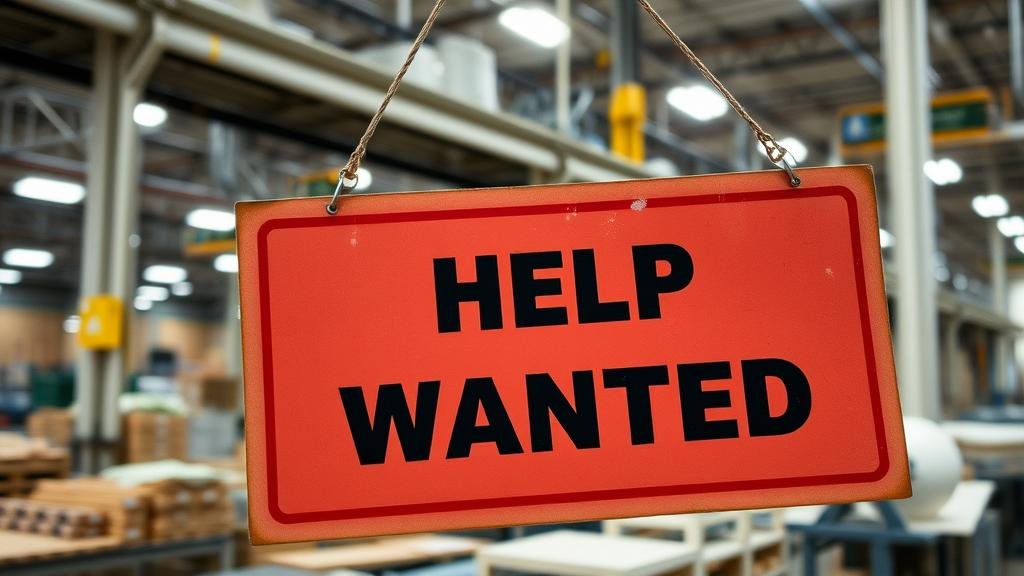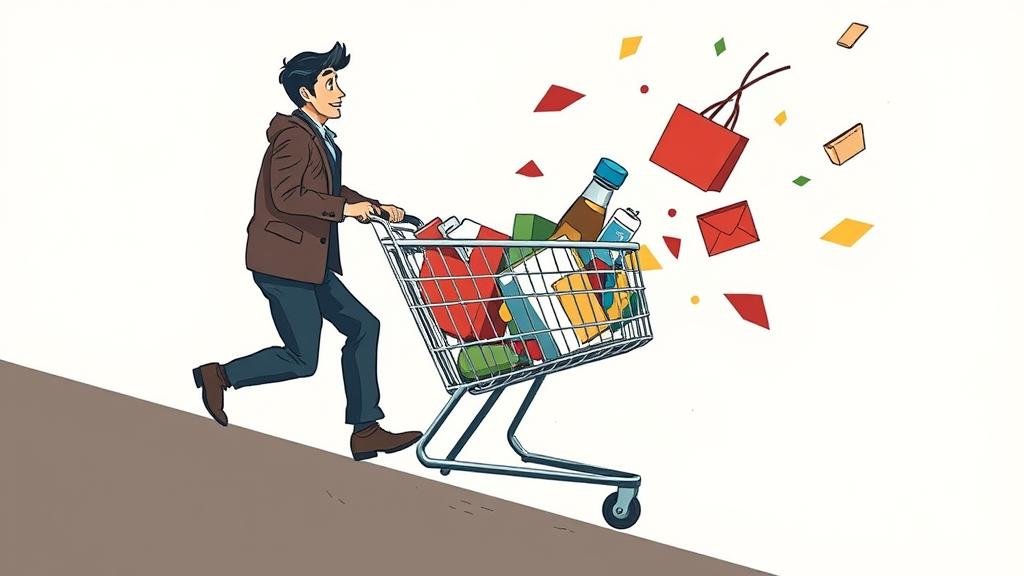The Fed’s 2024 Rate Cut Dilemma: To Cut or Not to Cut?
The Federal Reserve is in a tight spot. Just a few weeks ago, a rate cut seemed imminent. Now, the economic data is a jumbled mess, leaving the Fed’s next move as uncertain as ever. This high-stakes decision will have a major impact on the economy and your finances.

The Case for a Rate Cut: Is the Economy Losing Steam?
Those in favor of a rate cut point to signs that the economy is slowing down. The once-booming labor market is showing signs of fatigue, with job creation tapering off. If the job market continues to weaken, it could signal the end of the post-pandemic economic boom.
Consumer spending, the main driver of the U.S. economy, is also cause for concern. With household savings on the decline, many are cutting back on non-essential purchases. A significant decrease in consumer spending could increase the risk of a recession.
Adding to the complexity, the global economy is facing its own set of challenges. Economic struggles in other major countries could have a ripple effect on the U.S., making a rate cut a more attractive option to some.

The Argument Against a Rate Cut: The Inflation Problem
Despite a cooling job market, inflation remains a persistent issue. It’s still above the Fed’s 2% target, and core inflation, which excludes volatile food and energy prices, has been particularly stubborn.
This has led to sharp disagreements among Fed officials. Some are wary of cutting rates too soon, fearing it could refuel inflation. They argue for a more cautious approach, even if it means a period of slower economic growth.
Furthermore, some sectors of the economy, like the services sector, have shown surprising resilience. This suggests the economy may be more robust than some indicators suggest, and a rate cut may not be necessary.

The Data Dilemma: A Murky Picture
The recent U.S. government shutdown further complicated the situation, causing delays and distortions in key economic data. As a result, both those who favor rate cuts (the “doves”) and those who want to prioritize fighting inflation (the “hawks”) can find data to support their arguments.
This data dilemma makes it incredibly challenging for the Fed to make a clear-cut decision and to communicate its reasoning to the public.

What to Expect Next: A Toss-Up
Given the divided opinions and the ambiguous data, the Fed’s upcoming rate decision is a toss-up. A “pause,” where the Fed maintains the current rates, seems the most likely outcome, giving them more time to assess the economic situation.
However, a surprise is not out of the question. A weaker-than-expected jobs report could push the Fed to cut rates, while a sudden surge in inflation could lead to a more aggressive stance.
For now, we can only monitor the economic data and listen for clues from Fed officials. One thing is certain: the era of easy money is over, and we’re in for a bumpy ride.